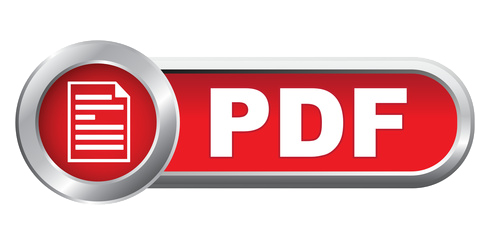Management / Costing Finance and Accounting
Basic Mechanics & Accounting for Vat
MF144
No Schedule Course Found, You can Request Schedule or ask for a proposal to get as in-House for your team. Request eProposale
A common Value Added Taxes (VAT) framework will be implemented across the GCC states. This course will allow you to provide the necessary direction to your accounting, finance, IT, business development and other concerned departments for the successful implementation of the VAT. We will help you recognize the terms, principles and basic mechanics of the VAT as they will be adopted and implemented in the GCC. In addition, this course gets you prepared by upgrading the skills of your accounting staff to fully understand and properly account for the VAT. From invoicing to recording entries and preparing VAT return forms, this course provides an overview of the accounting treatment of the VAT according to the various types of goods and services.
- List major terms of VAT such as a taxable person, input VAT, output VAT and exempt supplies
- Recognize the effect of VAT adoption on their company’s financial statements
- Explain how to account for VAT on purchase and sales of goods or services whether the entity is registered in VAT or not
- Use the company’s trial balance to fill up a VAT return
- Formulate a preliminary assessment of impact of VAT adoption on operations and accounts
- Assess impact of VAT on selected industries
Entrepreneurs, accounts staff at any level, HR staff, payroll clerks, bookkeepers and similar
- Introduction and basic mechanics of VAT
- Basic mechanics of VAT
- Definition of VAT
- How VAT works: input and output VAT calculations
- Persons and entities subject to VAT
- Different types of supply
- Taxable supplies within the scope of VAT: goods and services
- Exempt supplies outside the scope of VAT
- Place of supply: local versus export
- VAT on sales charged on delivery, invoice or payment date
- When to record and recover VAT on goods and services received
- Issuing the VAT invoice
- What does a VAT invoice look like
- Contents of an invoice
- Difference between cash business and sales on account
- VAT records and documentation to be maintained
- Accounting entries for VAT
- VAT on sales
- Discounts provided to customers
- Interest on late customers’ payments
- VAT entries for bad debts write-offs
- VAT entries for down-payments
- Treatment of damaged goods
- Expected format of a VAT return
- Presentation & Slides
- Audio Visual Aids
- Interactive Discussion
- Participatory Exercise
- Action Learning
- Class Activities
- Case Studies
- Workshops
- Simulation
Terms & Conditions
ACTrain reserves the right to alter the Course Schedule without Prior Notification, Fees Quoted are Subject to Terms & Conditions Outlined in ACTrain's Registration Policy







